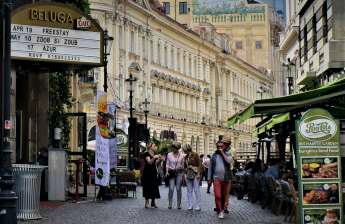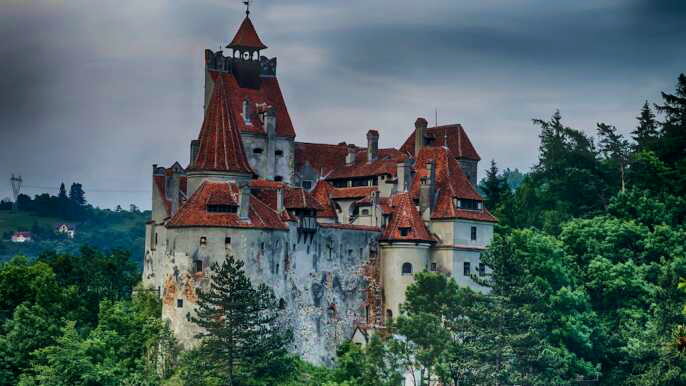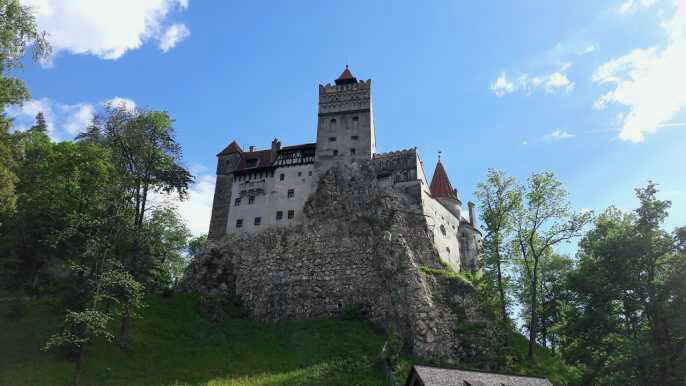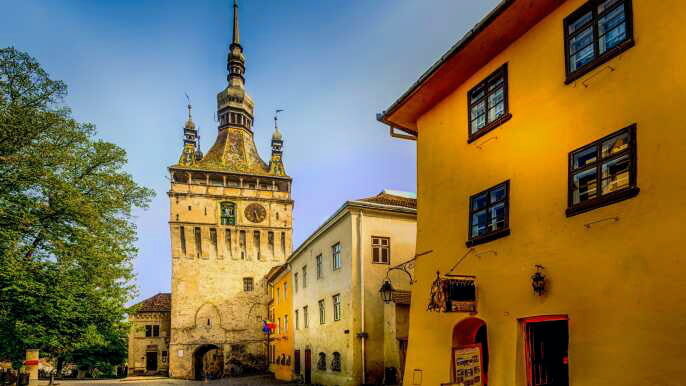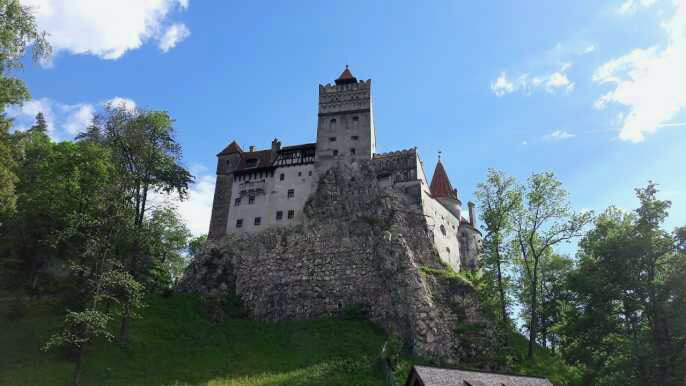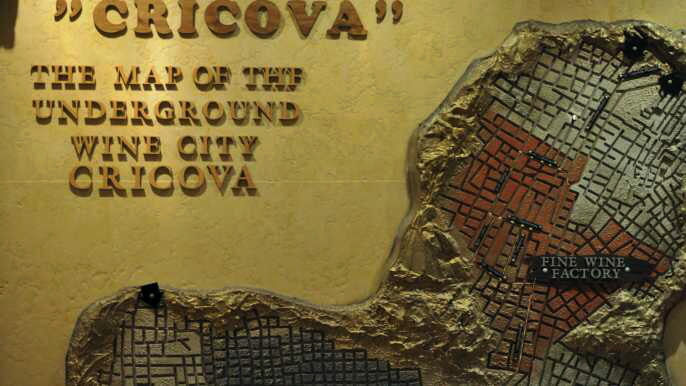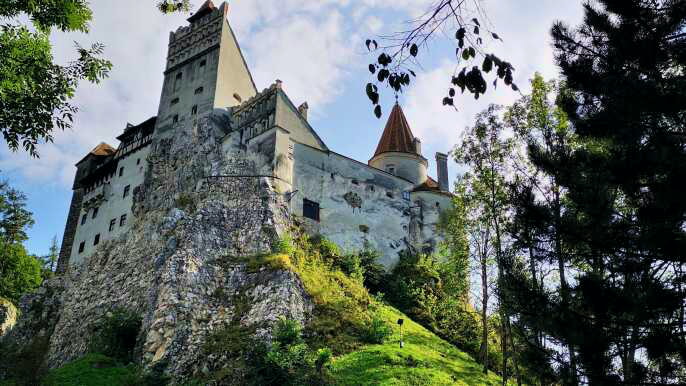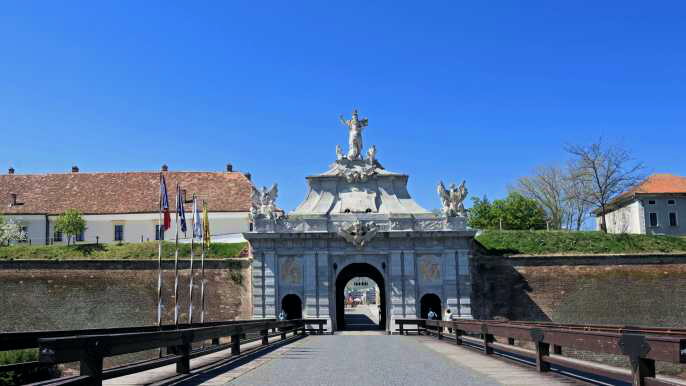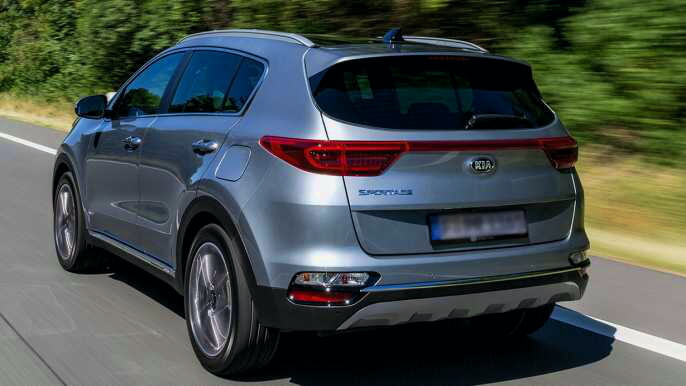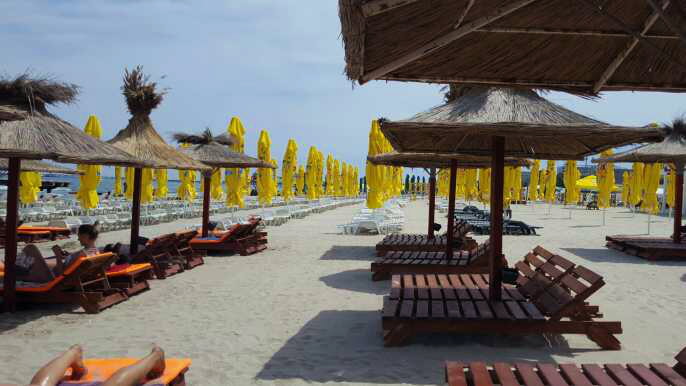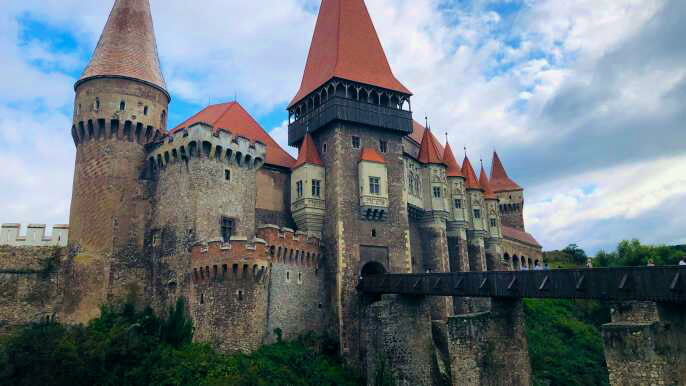Whether you're a history buff, a foodie, or simply a culture enthusiast, you'll find plenty to see and do in Bucharest, the capital of Romania. The city's landmarks include the Palatul Parlamentului, a huge government building with over 1,100 rooms, and the 15th-century Curtea Veche Palace, once home to Prince Vlad III ("The Impaler"). Whether you're interested in culture or the outdoors, you'll find what you're looking for in this beautiful and diverse city.
Old Town
Located in the heart of Romania's capital, Bucharest's Old Town has plenty to offer. In addition to the beautiful architecture, there is also a vibrant nightlife. Many of the buildings in the area have been restored and renovated, blending the old with the new.
If you want to explore the area, take a stroll and you will discover a variety of restaurants, cafes, and bars. There are also some shops selling local wines and beaded jewelry. There are also a few discos and buzzing pubs that draw crowds after dark.
For history enthusiasts, the National Museum of Romanian History is located in a former palace. Its exhibits include religious icons and royal treasures.
The Old Town also has a number of historic churches. Curtea Veche is the location of the Old Princely Court, a 15th-century residential palace for Vlad III Dracula.
The ruins of Curtea Veche are now an open-air museum. It is also the location of the statue of Dracula. The Old Town was once a thriving merchant district. There are still several arches, columns, and walls from the palace.
You can enjoy a meal in one of the many elegant restaurants in the 19th-century buildings. Traditional Romanian dishes are served in these restaurants.
In the early 1900s, the Old Town was the main business center of Bucharest. When the Communist era ended in 1989, many businesses moved out of the area. Some residents fear that rising rents will drive traditional businesses out of the city.
There are a number of hotels in the city. They range in price, but most of them have spacious rooms and are modern. Some of them have swimming pools and fitness centers. There are even some that offer airport shuttles.
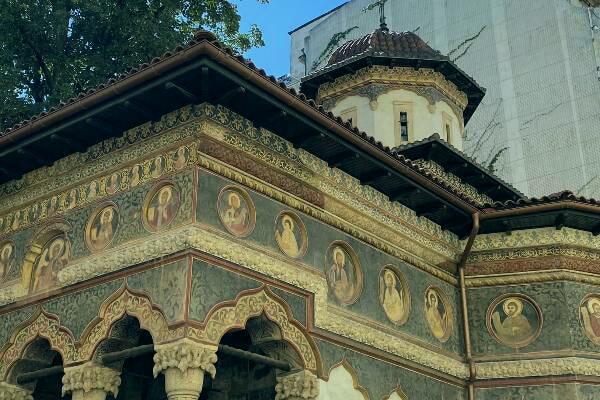
Lipscani district
Located in the heart of Romania's capital, Bucharest, the Lipscani district is the most historical part of the city. It was once the largest commercial centre in the Middle Ages. It is a jumble of alleys, paved in old world charm.
The area is characterized by historic buildings that have been restored in recent years. These structures are a mixture of Art Deco, Bauhaus and lavish classical architecture.
The district is known for its bars, restaurants and antique shops. Its nightlife is also a draw. During the past two decades, the neighbourhood has undergone a remarkable transformation. It is now one of the most popular tourist districts in the city. It has plenty of pubs, clubs and live music performances.
In the Middle Ages, Lipscani was a thriving trading hub for Western Europe. It was a centre of trade guilds, hatters, goldsmiths, saddlemakers and shoemakers. The streets are still named after merchants and guilds.
The Lipscani district is home to the University of Bucharest. It is also near Sutu Palace, Coltea Hospital, and the National Theatre. It is easy to reach from Piata Unirii metro station or Universitate.
The Palace of the Military Club is another of the city's landmarks. It has a restaurant that serves traditional Romanian dishes. Despite the fact that the building is off-limits to non-military personnel, it is a huge landmark in the area.
The CEC Bank building is also a landmark in the area. The building features a grand glass and metal dome. The entrance features a majestic arched doorway.
In the past, the street was the main road in the Old Town of Bucharest. It was the link between the commercial heart of the city and Podul Mogosoaiei Bridge.
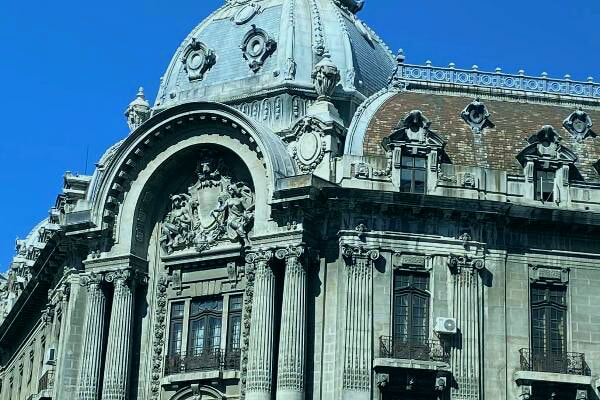
Romanian Athenaeum
Located in central Bucharest, the Romanian Athenaeum is a cultural icon. The building has played host to a number of great personalities throughout the country's history. It is also one of the oldest cultural institutions in the city.
The building's design was inspired by old Greek temples and combines neoclassical and French elements. Upon its completion in 1888, the Atheneum was built almost entirely with donations.
The interior of the Athenaeum is a jaw-dropping masterpiece. The main hall has elaborate frescoes depicting the history of Romania. The concert hall is supported by twelve Doric columns. It features an impressive 75-meter long fresco on the ceiling.
If you're a fan of classical music, the Athenaeum is the place to go. It hosts the world-renowned George Enescu Philharmonic. It is also home to the Romanian National Opera. The auditorium is beautiful and it features excellent acoustics.
The Athenaeum is one of the most popular attractions in the capital. It is a cultural landmark that is part of the European heritage since 2007. You can take a tour of the building, which can be arranged in advance.
A visit to the Athenaeum is one of the best ways to explore the history of Romania. You can learn about the country's past by exploring the interior. The Athenaeum was built to serve as a place for the arts and sciences. The building was a center for music and film screenings.
The Athenaeum is located in the heart of the capital, near the Revolution Square. It is easy to find. The best time to visit is during the morning or afternoon. The Athenaeum is wheelchair accessible.
Romanian Botanical Garden
Founded in 1856, the Iași Botanical Garden is Romania's oldest and largest botanic garden. It is located in the Copou district of Iasi. It is maintained by Alexandru Ioan Cuza University.
It has evolved over the years, becoming a place of cultural significance. The botanic garden was a source of instruction for students and nature lovers.
Romania has a national network of protected areas, which covers 19 percent of the territory. This includes 13 national parks, a number of nature reserves and several Ramsar sites.
Some of the most important areas are located in Harghita County, Luci County, Suceava County, and Apuseni Mountains. There are 430 bogs catalogued. They provide rich topsoil and are an invaluable record of quaternary geology.
Many ecosystems are threatened in Romania. The mosaic of wetlands is the main reservoir of biodiversity in the region. Some species are endangered by habitat encroachment, mechanization, and pollution.
A number of species are rare and endangered, including endemic taxa. There are more than 3,700 flora and fauna species in Romania. The list includes 364 vertebrates, 33,802 plants, 33085 invertebrates, and over 700 algae.
There are two EU biogeographic regions that are unique to Romania: the Danube Delta and the Western Black Sea. These two regions have contributed to high levels of biogeographic diversity. The Danube Delta has been declared a biosphere reserve.
Romania's biodiversity is in danger because of human interventions. Some species are threatened by habitat encroachment, mechanization, pollution, and invasive species. The government is working to minimize the rate of losses in biological diversity by 2010.
Romania has adopted a legal framework for environmental protection. The legislation is based on the requirements of the European Union and is derived from international treaties. It defines public goods and private goods. The distinction between public and private goods is important for resource management.
Dimitrie Gusti National Village Museum
Located on the shores of Lake Herastrau, the Dimitrie Gusti National Village Museum is an open-air ethnographic museum in Bucharest. The museum features restored buildings of various eras and rural life objects. The museum is a great place to learn about traditional Romanian life.
The Museum was first opened in 1936 by King Carol II of Romania. It was a project of folklorist Dimitrie Gustie. The museum's collections are arranged by historical eras. It also includes a contemporary folk art gallery. The collection includes folk pieces, document collections, and monuments.
There are also permanent exhibitions and temporary exhibitions. There is a gift shop and restaurant. If you're in the area, you can get a guided tour for more information. The museum is open every day but Monday. The entrance fee is 10 lei. Alternatively, you can hire an audio guide for 8 lei.
The museum is one of the main attractions in the capital. It offers a unique opportunity to experience life in the Romanian countryside. The museum features 272 real peasant farms and houses from all over the country. The museum also has windmills, watermills, and old churches.
The museum has an extensive permanent collection of over 50 thousand objects, including artifacts from the 17th century to the 20th century. The museum also has a gift shop and restaurant. The museum is located near the Herastrau Park. It is a short walk from the Aviatorilor metro station. There are buses that stop outside the museum.
The museum was once used as a refugee camp during the Second World War. The refugees lived in the museum until 1948. After the war, the museum was reconstructed and it now serves as a cultural center for the city.


